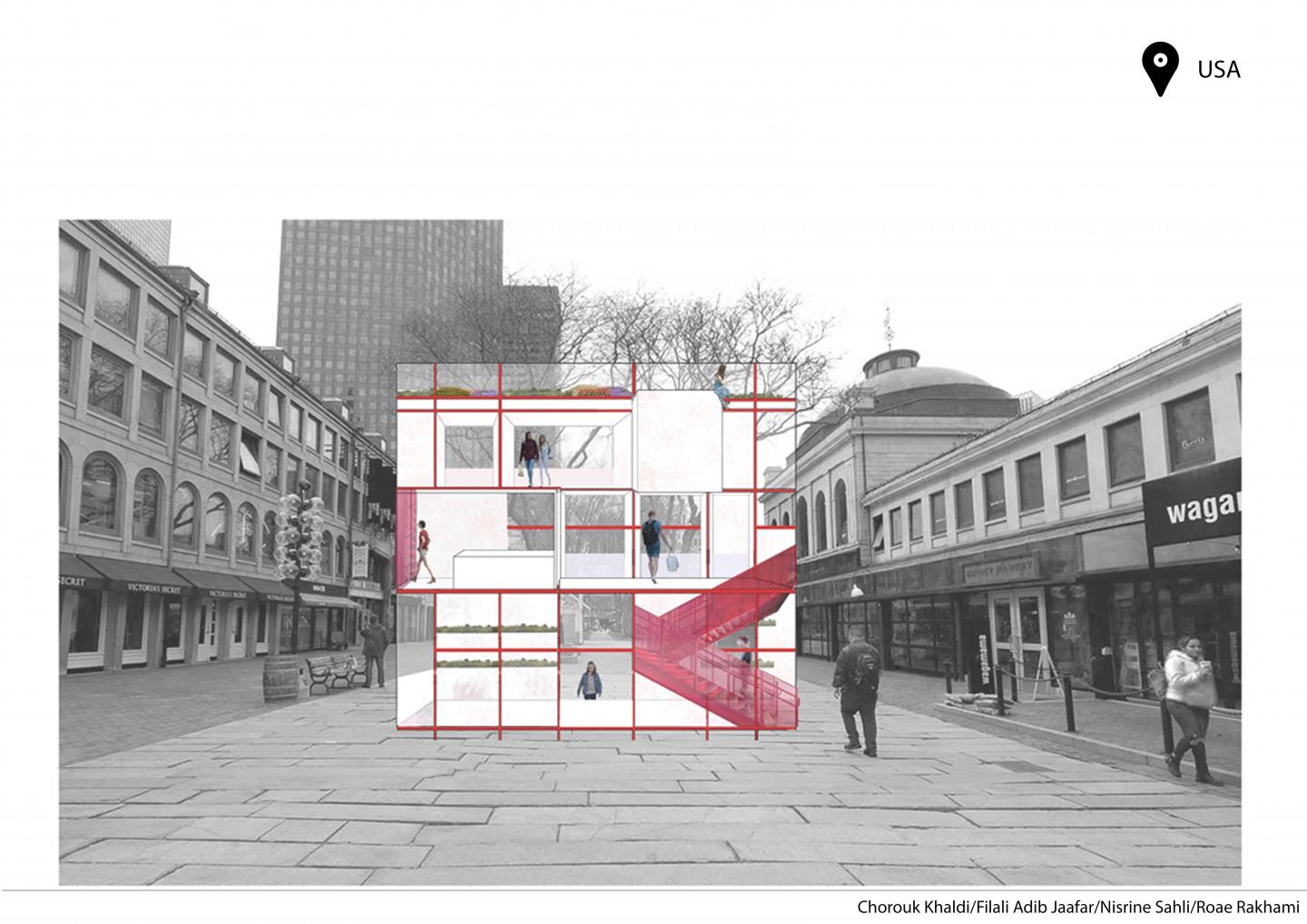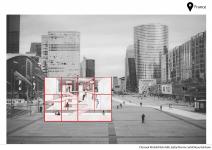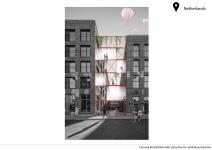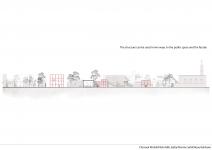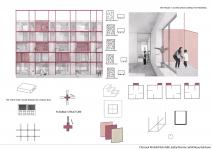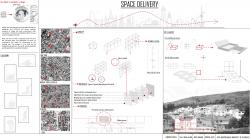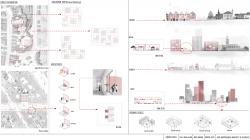Design and construction were disrupted during the pandemic, and COVID 19 will almost certainly continue to shape the built environment after vaccination .."COVID 19 will definitely affect the wayspace is designed and used.Here,we have to think of solutions that will serve the common good, not necessarily to move an architecture, but rather by intervening on the existing one .Our project is a kit that can betransposed anywhere in the world,easy to assemble and disassemble in a pandemic situation.Today, in most cultures, we lead a rather sedentary life, but flexibility could again become apriority in human development and its built environment. Modernization, new meansof communication as well as environmental concerns challenge the notion of immovable buildings. In a changing world, the architect must adapt to his time, particularly in through a search for flexibility and adaptation to new modes of housing as well as to new uses.Humans are flexible creatures. We move according to our desires, manipulate objects and act in a wide variety of environments. There was a time, in terms of evolution, when our existence depended on our ability to move and adapt. We owe the survival of our species to this.Our project can be use in public space and also in the facades .The resistance of spaces to bacterial and viral problems is above all a characteristic that cannot be forgotten in a post-COVID-19 world. More than ever, we believe it is absolutely crucial to create spaces that allow fluidity and flexibility. Interior spaces designed to impose themselves: adaptable and functional. In a post-COVID-19 world "there will be an incredible need for reinterpretation of the built space", it is therefore necessary to design in response to the pressing needs of society, but not only! We believe that it is fundamental to apply more conscious practices from a financial point of view. Architecture and interior design must be prepared for inevitable cultural change. This situation implies – invariably – adopting different ways of experiencing the built environment.In the post-COVID-19 world, we feel the need to consider flexible interiors that can serve as an incentive for more family living. Thus, when designing common areas, MEDD architects and designers give priority to hygiene. In this sense, spaces such as balconies or terraces will be more important than ever. Also, in the future, we can expect common areas to be interconnected and spacious. At the same time, specialized treatment or consultation spaces must convey a feeling of “isolation”, actively contributing to the comfort and safety of users.
2021
Our project is a flexible structure ,that can be transported everywhere.
Chorouk Khaldi
Filali Adib Jaafar
Roae Rakhami
Nisrine Sahli
Supervisor: Professor Imane Benkirane
Favorited 1 times
